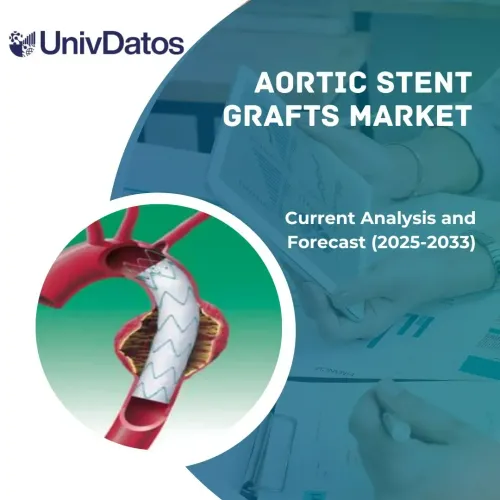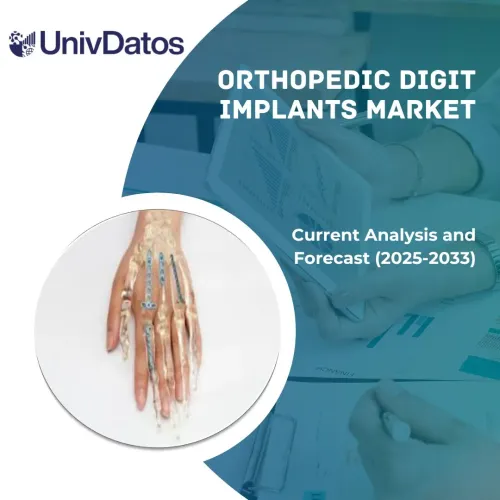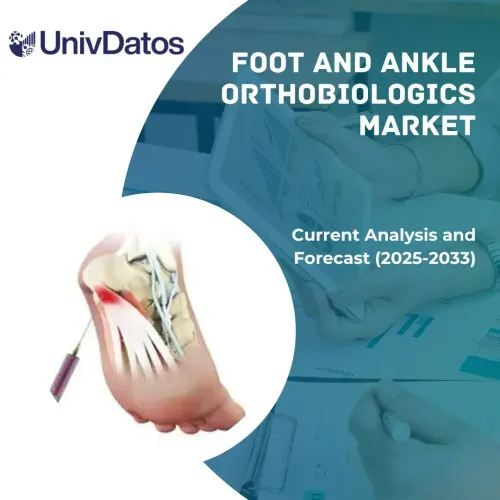- Home
- About Us
- Industry
- Services
- Reading
- Contact Us
Arthroscopic Implants Market: Current Analysis and Forecast (2023-2030)
Emphasis on Type (Knee Arthroscopic Implants, Hip Arthroscopic Implants, Spine Arthroscopic Implants, Shoulder & Elbow Arthroscopic Implants, and Others); End-Users (Hospitals, Ambulatory Surgical Centers, and Orthopedic Clinics); and Region/Country
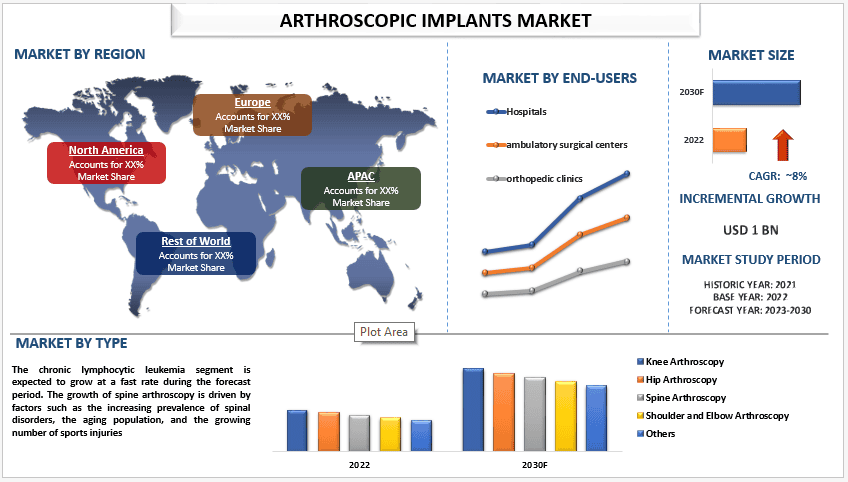
The Arthroscopic Implants market was valued at USD 1 billion in the year 2022 and is expected to grow at a strong CAGR of around 8% during the forecast period (2023-2030). Arthroscopic Implants are medical devices that are used to visualize, diagnose, and treat conditions of the joints. They are used in a variety of surgical procedures, including orthopedic surgery, sports medicine, and neurology. Arthroscopic Implants consist of a small camera and light source that are inserted into the joint through a small incision, along with specialized instruments for surgical procedures. The camera transmits images to a monitor, allowing the surgeon to visualize the inside of the joint and diagnose any conditions. The Arthroscopic Implants market is a global market that focuses on the sale of Arthroscopic Implants and related instruments and consumables. Arthroscopic Implants are medical devices that are used to visualize, diagnose, and treat conditions of joints. They are used in a variety of surgical procedures, including orthopedic surgery, sports medicine, and neurology. The arthroscopic Implants market is driven by factors such as the increasing prevalence of joint disorders such as osteoarthritis, rheumatoid arthritis, and sports injuries, the aging population, and the growing number of sports injuries. Additionally, advancements in technology are also driving the growth of the arthroscopic Implants market, with new and improved arthroscopic instruments and visualization systems being developed.
Insights Presented in the Report
“Among type, the spine Arthroscopic Implants segment is expected to grow at a fast rate during the forecast period”
Based on the type, the market is segmented into knee Arthroscopic Implants, hip Arthroscopic Implants, spine Arthroscopic Implants, shoulder & elbow Arthroscopic Implants, and others. Amongst these, the chronic lymphocytic leukemia segment is expected to grow at a fast rate during the forecast period. The growth of spine Arthroscopic Implants is driven by factors such as the increasing prevalence of spinal disorders, the aging population, and the growing number of sports injuries.
“Amongst End-users, ambulatory surgical centers are expected to grow with high CAGR during the forecast period”
Based on the end-users, the market has been classified into hospitals, ambulatory surgical centers, and orthopedic clinics. Among these, ambulatory surgical centers are expected to grow with a high CAGR during the forecast period. Ambulatory surgical centers (ASCs) are medical facilities that are designed to provide surgical services to patients in an outpatient setting. ASCs are typically less expensive than traditional hospital settings, and they are often used for elective procedures that do not require an overnight stay. ASCs are becoming an increasingly popular destination for patients undergoing arthroscopic procedures. This is because ASCs offer a number of benefits over traditional hospital settings, including lower costs, shorter wait times, and a more comfortable and convenient experience for patients.
“Asia Pacific dominated the Arthroscopic Implants market in 2022”
The Asia Pacific Arthroscopic Implants market is a rapidly growing market that is expected to continue its growth in the coming years. The market is driven by factors such as the increasing prevalence of orthopedic disorders, the aging population, and the growing number of sports injuries. Additionally, advancements in technology are also driving the growth of the Arthroscopic Implants market in the region, with new and improved arthroscopic instruments and visualization systems being developed.
Arthroscopic Implants Market Report Coverage
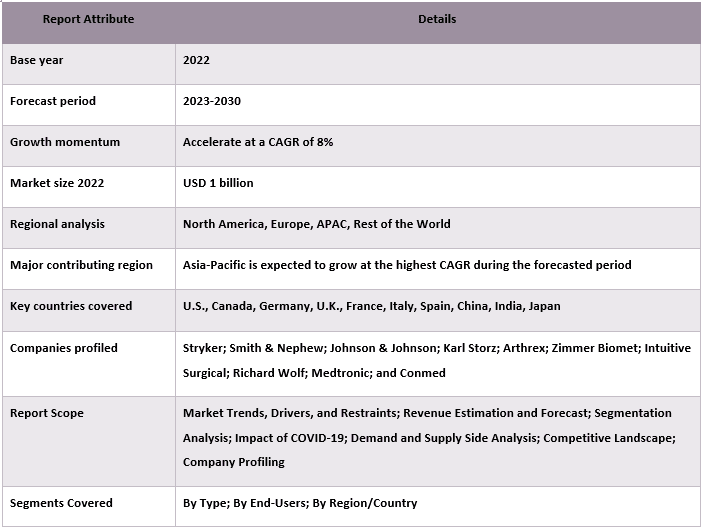
Reasons to buy this report:
- The study includes market sizing and forecasting analysis validated by authenticated key industry experts.
- The report presents a quick review of overall industry performance at one glance.
- The report covers an in-depth analysis of prominent industry peers with a primary focus on key business financials, product portfolios, expansion strategies, and recent developments.
- Detailed examination of drivers, restraints, key trends, and opportunities prevailing in the industry.
- The study comprehensively covers the market across different segments.
- Deep dive regional level analysis of the industry.
Customization Options:
The global Arthroscopic Implants market can further be customized as per the requirement or any other market segment. Besides this, UMI understands that you may have your own business needs, hence feel free to contact us to get a report that completely suits your requirements.
Table of Content
Research Methodology for the Arthroscopic Implants Market Analysis (2023-2030)
Analyzing the historical market, estimating the current market, and forecasting the future market of the global Arthroscopic Implants market were the three major steps undertaken to create and analyze the adoption of Arthroscopic Implants in major regions globally. Exhaustive secondary research was conducted to collect the historical market numbers and estimate the current market size. Secondly, to validate these insights, numerous findings and assumptions were taken into consideration. Moreover, exhaustive primary interviews were also conducted, with industry experts across the value chain of the global Arthroscopic Implants market. Post assumption and validation of market numbers through primary interviews, we employed a top-down/bottom-up approach to forecasting the complete market size. Thereafter, market breakdown and data triangulation methods were adopted to estimate and analyze the market size of segments and sub-segments of the industry pertains to. Detailed methodology is explained below:
Analysis of Historical Market Size
Step 1: In-Depth Study of Secondary Sources:
Detail secondary study was conducted to obtain the historical market size of the Arthroscopic Implants market through company internal sources such as annual reports & financial statements, performance presentations, press releases, etc., and external sources including journals, news & articles, government publications, competitor publications, sector reports, third-party database, and other credible publications.
Step 2: Market Segmentation:
After obtaining the historical market size of the Arthroscopic Implants market, we conducted a detailed secondary analysis to gather historical market insights and share for different segments & sub-segments for major regions. Major segments are included in the report as type and end-users. Further country-level analyses were conducted to evaluate the overall adoption of testing models in that region.
Step 3: Factor Analysis:
After acquiring the historical market size of different segments and sub-segments, we conducted a detailed factor analysis to estimate the current market size of the Arthroscopic Implants market. Further, we conducted factor analysis using dependent and independent variables such as type and end-users of the Arthroscopic Implants market. A thorough analysis was conducted for demand and supply-side scenarios considering top partnerships, mergers and acquisitions, business expansion, and product launches in the Arthroscopic Implants market sector across the globe.
Current Market Size Estimate & Forecast
Current Market Sizing: Based on actionable insights from the above 3 steps, we arrived at the current market size, key players in the global Arthroscopic Implants market, and market shares of the segments. All the required percentage shares split, and market breakdowns were determined using the above-mentioned secondary approach and were verified through primary interviews.
Estimation & Forecasting: For market estimation and forecast, weights were assigned to different factors including drivers & trends, restraints, and opportunities available for the stakeholders. After analyzing these factors, relevant forecasting techniques i.e., the top-down/bottom-up approach were applied to arrive at the market forecast for 2030 for different segments and sub-segments across the major markets globally. The research methodology adopted to estimate the market size encompasses:
- The industry’s market size, in terms of revenue (USD) and the adoption rate of the Arthroscopic Implants market across the major markets domestically
- All percentage shares, splits, and breakdowns of market segments and sub-segments
- Key players in the global Arthroscopic Implants market in terms of products offered. Also, the growth strategies adopted by these players to compete in the fast-growing market
Market Size and Share Validation
Primary Research: In-depth interviews were conducted with the Key Opinion Leaders (KOLs) including Top Level Executives (CXO/VPs, Sales Head, Marketing Head, Operational Head, Regional Head, Country Head, etc.) across major regions. Primary research findings were then summarized, and statistical analysis was performed to prove the stated hypothesis. Inputs from primary research were consolidated with secondary findings, hence turning information into actionable insights.
Split of Primary Participants in Different Regions
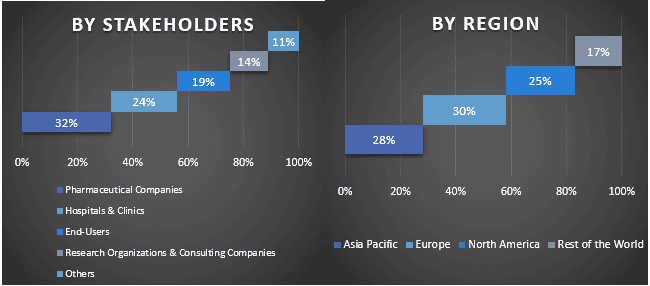
Market Engineering
The data triangulation technique was employed to complete the overall market estimation and to arrive at precise statistical numbers for each segment and sub-segment of the global Arthroscopic Implants market. data was split into several segments & sub-segments post studying various parameters and trends in the areas of the p product type, application, and distribution channel in the global Arthroscopic Implants market.
The main objective of the Global Arthroscopic Implants Market Study
The current & future market trends of the global arthroscopic Implants market were pinpointed in the study. Investors can gain strategic insights to base their discretion for investments on the qualitative and quantitative analysis performed in the study. Current and future market trends determined the overall attractiveness of the market at a regional level, providing a platform for the industrial participant to exploit the untapped market to benefit from a first-mover advantage. Other quantitative goals of the studies include:
- Analyze the current and forecast market size of the arthroscopic Implants market in terms of value (USD). Also, analyze the current and forecast market size of different segments and sub-segments
- Segments in the study include areas of the type and end-users
- Define and analysis of the regulatory framework for the arthroscopic Implants industry
- Analyze the value chain involved with the presence of various intermediaries, along with analyzing customer and competitor behaviors of the industry
- Analyze the current and forecast market size of the Arthroscopic Implants market for the major region
- Major countries of regions studied in the report include Asia Pacific, Europe, North America, and the Rest of the World
- Company profiles of the Arthroscopic Implants market and the growth strategies adopted by the market players to sustain in the fast-growing market
- Deep dive regional level analysis of the industry
Related Reports
Customers who bought this item also bought




